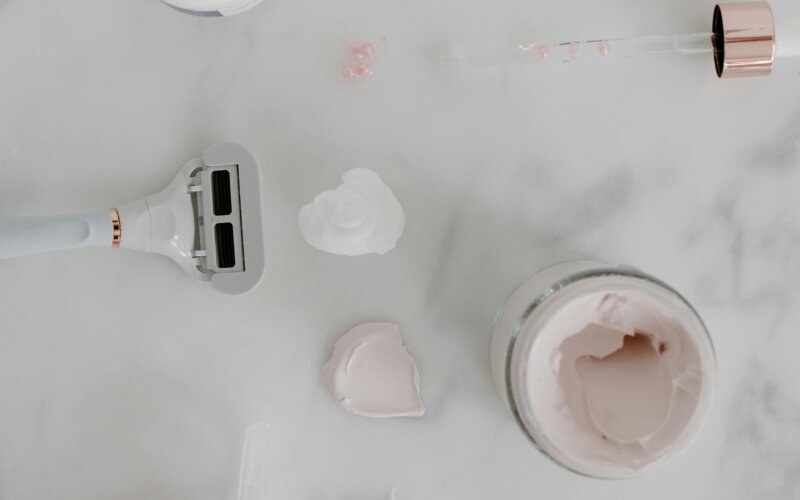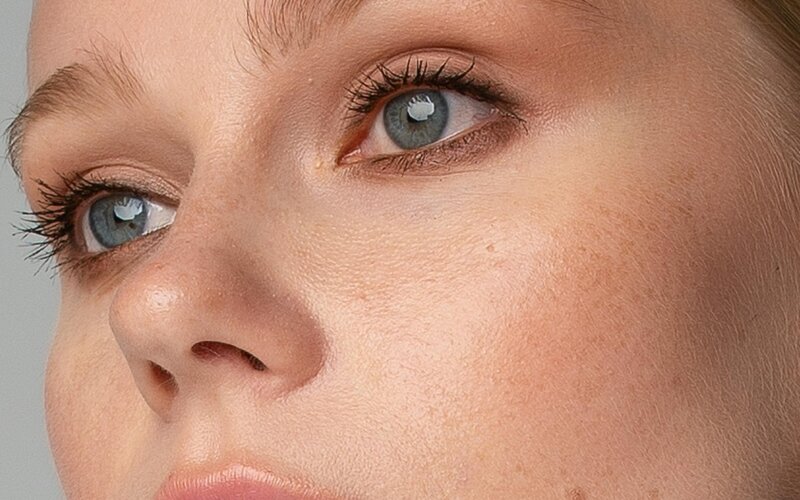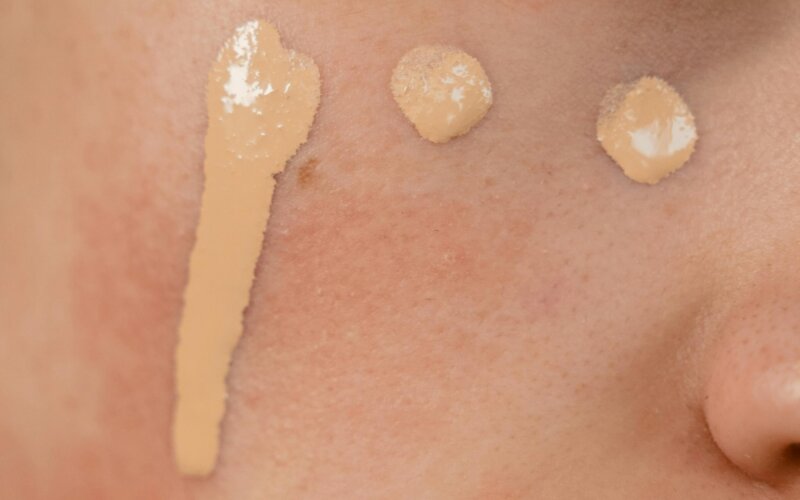Ever wondered what is the difference between correctors and concealers? In the world of makeup, achieving flawless skin is often the ultimate goal. While skincare lays the foundation, makeup comes in to perfect, and two essential tools that play a major role are concealers and correctors. These beauty staples can work wonders in masking imperfections and creating a natural-looking complexion. Let’s dive to see what are concealers and correctors.

As a professional makeup artist, I can say that both concealers and correctors have their importance in creating a flawless base and I am here to explain to you how.
Read further to know how they are different, where to place each product, and the formulas available in the market.
What is Concealer?
Concealers are used to brighten up and lift your face. It typically comes in liquid, cream, or stick form and is available in various shades to match different skin tones. Concealers have a higher pigment concentration compared to foundations, allowing them to provide more coverage for targeted areas.
My favourite concealers | Too Faced Born This Way Concealer | Swiss Beauty Liquid Concealer.
I really like the buttery formula of Too Faced born this way concealer and the Swiss Beauty liquid concealer is almost considered as the dupe of this too faced concealer.
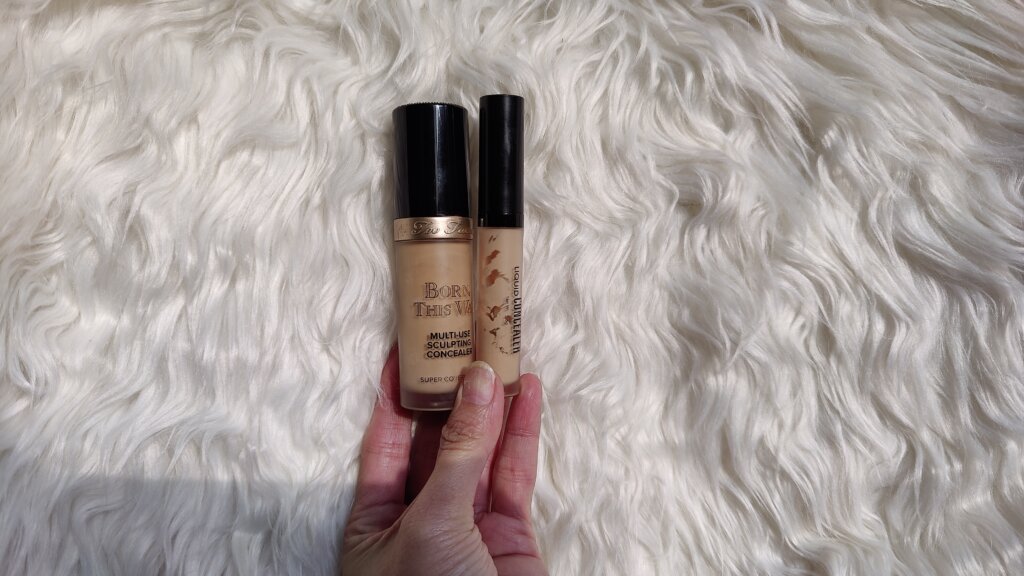
What are Correctors?
Correctors is a makeup product designed to correct imperfections on the skin, such as blemishes, dark circles, redness, and uneven pigmentation. Correctors are specialized products formulated to neutralize specific discolorations on the skin before applying concealer or foundation. They come in various colors, each targeting a different concern.
My favourite corrector palette | Krylon Ultra Palette.
This is one palette I must say every makeup artist should own in their vanity. I liked it better than their Supra or Derma palette. It can be used as spot concealing, correcting and even for full face.
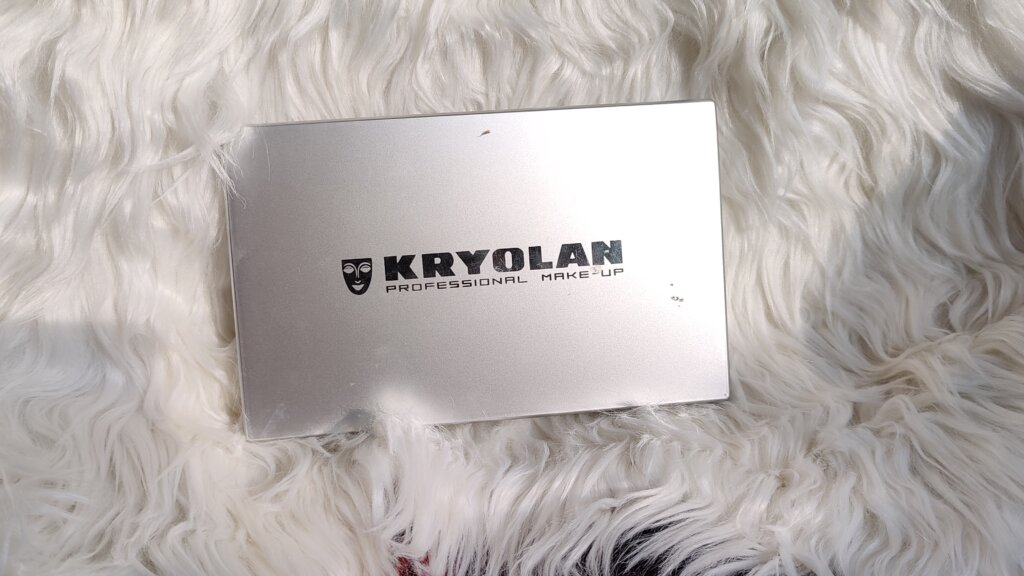
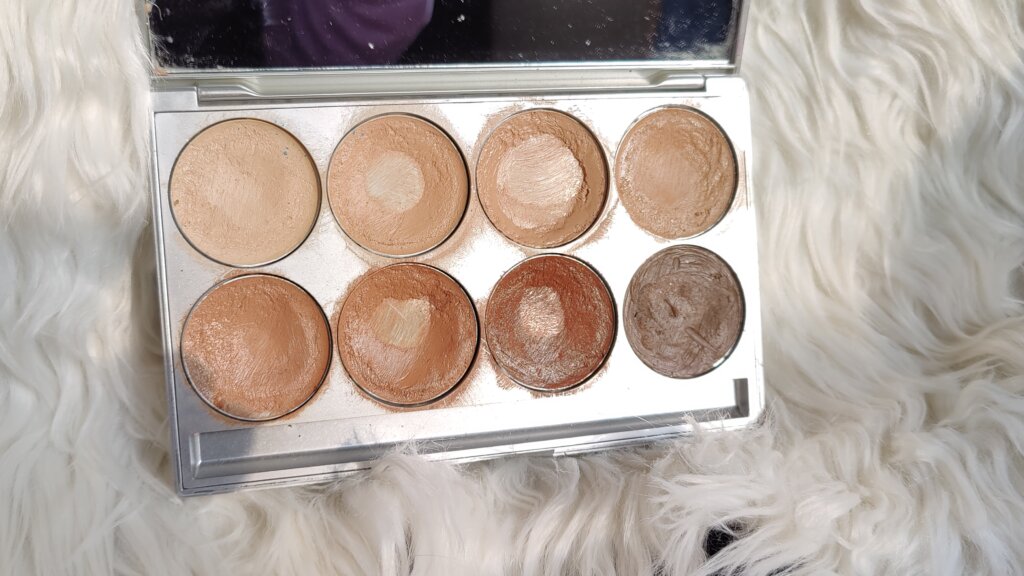
As per the color theory:
- Green correctors neutralize redness.
- Peach or orange correctors counteract dark circles and hyperpigmentation on medium to deep skin tones.
- Pink or salmon correctors work well for fair to light skin tones to brighten dark circles and conceal blue or purple undertones.
Do You Put Concealer or Corrector First?
The order of application depends on personal preference and the specific needs of your skin. If you’re using correctors to address specific discolorations, it’s recommended to apply them before concealer or foundation. However, if you’re solely using concealer to cover minor imperfections, you can apply it directly onto your skin or over your foundation.
How to Choose the Right Shade of Concealer?
Choosing the right shade of concealer is crucial for achieving a seamless finish. Here are some tips to help you find the perfect match:
- Match to Your Skin Tone: Select a concealer shade that closely matches your natural skin tone for covering blemishes and imperfections.
- Consider Undertones: Pay attention to your skin’s undertones—whether it’s warm, cool, or neutral—and choose a concealer with complementary undertones to ensure it blends seamlessly.
- Test Before Purchasing: Test the concealer shade on your jawline to ensure it blends well with your skin and effectively covers imperfections.

How to Choose the Right Shade of Corrector?
Choosing the right shade of corrector involves understanding color theory and your specific skin concerns. Here’s how to select the perfect corrector shade:
- Identify Your Concern: Determine the primary skin concern you want to address, whether it’s redness, dark circles, or hyperpigmentation.
- Choose the Opposite Color: Select a shade opposite to the color you want to neutralize based on the color wheel. For example, green correctors counteract redness, while peach or orange correctors neutralize dark circles.
- Test the Product: Test the corrector shade on the back of your hand or the area you want to correct to ensure it effectively cancels out the targeted discoloration without leaving a noticeable tint.
Can I Use Concealer Without Foundation?
Yes, you can use concealer without foundation, especially for spot-concealing targeted imperfections like blemishes or dark spots. Apply the concealer directly onto clean, moisturized skin or over primer, if desired, and blend it into the skin using a makeup brush, sponge, or your fingertips.
Is it Necessary to Use Both Concealer and Corrector?
Using both concealer and a corrector isn’t always necessary, especially if you’re dealing with minor imperfections or have a simple makeup routine. If you have any specific skin concerns like dark circles, redness, or hyperpigmentation that aren’t easily covered by foundation alone, you can add correctors. Ultimately, the decision to use both concealer and corrector depends on your skin concerns and desired level of coverage.
How do you apply the concealer and corrector?
For further knowledge about concealers and correctors and to know my favorite product to be used as a concealer and corrector in action, you can take a look at this video below.
To conclude, Concealers and Correctors are important tools in any makeup kit, offering solutions for achieving flawless skin. By choosing the right shades, and mastering application techniques, you can nail the process of using concealers and correctors. Whether you’re camouflaging dark circles, concealing blemishes, or neutralizing redness, the key is to customize your approach to suit your unique skin concerns and preferences.
With the right products and techniques, you can achieve a flawless complexion that radiates beauty from within. Beautyspade is here to sort out your makeup and beauty-related queries!

